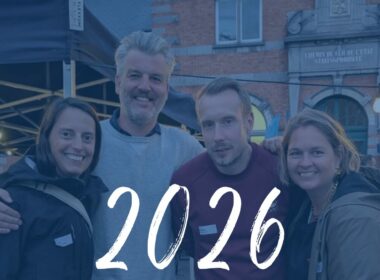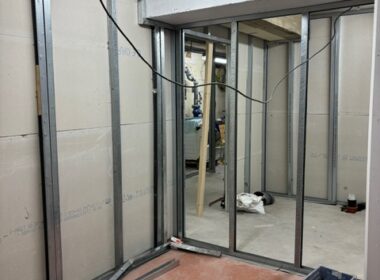The start of a project is an exciting and important step: the moment when everything is still possible, when everything can be dreamt of.
It’s the time when the project’s goals and the needs it must meet are put down on paper. The time to ask the right questions about the project’s goals, about the location of the cursors: from compliance with standards to exemplarity.
The preparation of an estimation of requirements is a crucial foundational step of a project.
What is the estimation of requirements?
The estimation of requirements is the expression of the needs and objectives of the client for their real estate project. It defines the services the future building will provide to users and the (technical, environmental, societal and other) performances sought.
The estimation is a step during which the client takes the time to think, on the one hand, about the match between their physical environment and the way they work and, on the other hand, to plan, looking to the future, the environment that will best meet their changing needs compared to those of society.
The development of a real estate project takes several years, from its genesis to the first use of the delivered building, given all of the steps and procedures involved (tenders, permits, design and implementation). It requires forward-looking work.
First, the project’s main guidelines and priorities must be defined together with the client’s management. Next, comes the collection of the needs of various representative users. Once the initial programme has been defined, it must be submitted for a feasibility review in light of any applicable constraints. This step will confirm or adjust the working assumptions in order to prepare the final, detailed estimation.
Needs are expressed in terms of function, space, capacity, area, functional relationships and performances (energy, circularity, CO2, climate control, visual comfort, etc.).
The estimation provides milestones, a frame of reference and a tool for communicating with the project authors throughout the project.
It’s important to note that the estimation expresses needs and does not describe technical or architectural solutions, which are designed by the project authors.
How to promote circularity via the estimation of requirements?
The project programming engineer is a key player for promoting strong environmental goals with clients. They also bear a societal responsibility and have a duty to inform and challenge the decision-makers.
Environmental issues must be dealt with in the project’s priorities and guidelines.
Over the past 15 years, these concerns have primarily been expressed in terms of energy performance.
Today, the stakes of sustainability (climate, societal, economic) have required a real change of paradigm, from a linear to a circular economic model.
Given its environmental impact, the construction sector must assume an important responsibility…and it has an amazing opportunity!
The estimation provides a tool to express the goals of the client within the project’s guidelines and to develop them using circular design and construction principles applicable to the project overall: adaptability, reversibility, disassembly, management of outgoing resources, reuse, materials sourcing, implementation of materials passports, etc.
It is also important to choose a measurement method for the level of circularity suited to the priorities of the client (e.g., global approach or targeted on materials). As a framework, the estimation of requirements is one of the instruments that will enable a comparison, throughout the life of the project, of the technical and architectural solutions proposed by the project authors with the client’s requirements and verification of their match and relevance…
Opportunity
The construction industry is experiencing another sea change: the digitisation and transformation of its processes via BIM. The development of circularity in the construction sector will benefit from its power to bring together digital data about materials and (de)construction, systems and elements.
We’re enthusiastic about the rapid development we believe will result from the combination of these two phenomena.
Author : Amélie Zoppé, Project Manager at AT Osborne
Read also : The social economy unites partners with respect to sustainability; Biosourced insulation: a growing market for renovation companies; Technical facilities: a poor relation in the circular economy?; COVID Safe Certificate: The beginning of a solution from engineers and architects?





